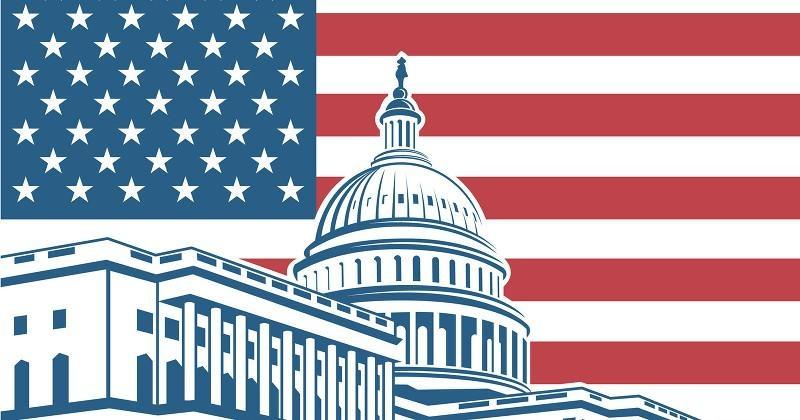
More than a year into the election cycle and with less than a year to go, how much has the political landscape changed? The answer: not a lot. And that’s not particularly good news for Republicans.
Thus far, we know that a year’s worth of news (including impeachment) has not fundamentally altered the president’s standing. As 2019 came to a close, Donald Trump’s job rating stood at 44.5 percent approve and 52 percent disapprove, according to the RealClearPolitics national polling average. A year ago, the president’s standing was virtually the same. On Jan. 1, 2019, Trump’s job rating was 43 percent approve and 52 percent disapprove, according to RCP.
It’s a similar story in the fights for the Senate and House. While some of the totals have changed slightly in the number of competitive races, the overall dynamic is the same. And recent history suggests the basic fundamentals of the fights will remain in place through Election Day 2020.
Senate
The overall shape of the fight for the Senate hasn’t changed much in the past 12 months. In January, 10 races were considered competitive, compared with 11 competitive Senate races as the year comes to a close.
The partisanship of the competitive races shifted slightly in favor of Democrats. At the beginning of the cycle, Republicans were defending six competitive seats while Democrats were defending four. With less than a year before Election Day, Republicans are defending eight of the competitive states, compared with just three for Democrats.
Minnesota Democrat Tina Smith was the only senator on the first list of 2020’s competitive races who was not listed as vulnerable by the end of the year. Former Rep. Jason Lewis, North Central University professor Rob Barrett and other Republicans are running, but it’s clear the race is not a priority for Republicans at his stage, even though Minnesota is likely to be a presidential battleground.
Two races were added to the list of competitive seats over the year: Texas and Georgia.
With limited state polling showing President Donald Trump is less than a slam dunk in the Lone Star State and GOP Sen. Ted Cruz’s 3-point victory in 2018, there’s an increasing chance that Republicans will have to spend some time, energy and maybe even money defending GOP Sen. John Cornyn.
GOP Sen. Johnny Isakson’s resignation and special election adds a second Georgia seat to this cycle’s class of senators. It brings the total number of Senate seats on the ballot around the country this year up from 33 to 34 and the number of vulnerable Republican seats from six to eight (along with Texas). Both Peach State races, featuring Sen. David Perdue and newly appointed Sen. Kelly Loeffler, are rated Likely Republican, with the latter race just getting started.
Within the races that were initially identified as competitive, there hasn’t been a lot of movement. North Carolina Sen. Thom Tillis’ race...

